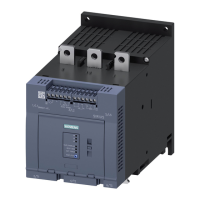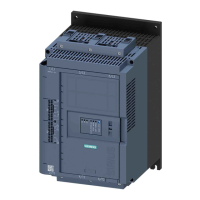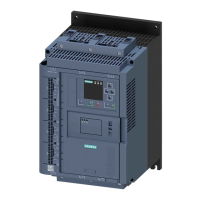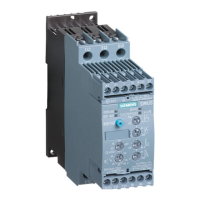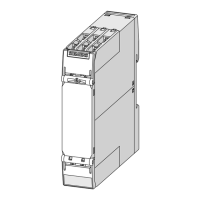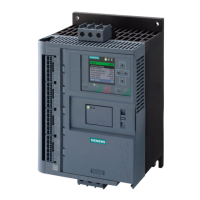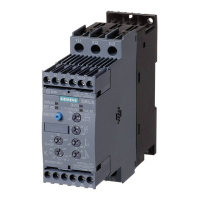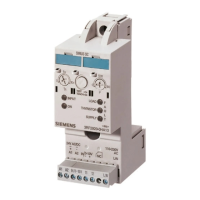Functions
3.17 Electronic/mechanical switching
M200D PROFIBUS/PROFINET
Manual, 08/2014, A5E01577426A/RS-AA/004
79
Electronic/mechanical switching
Electronic switching
The motor starter controls the motor (two phases) with thyristors. Phase L1 is not switched
but is instead looped through from the 400 V power connection to the motor connection via
the integrated disconnecting means.
Hazardous Voltage
Can Cause Death or Serious Injury.
If the line voltage is present at the 400 V power connection of the motor starter, hazardous
voltage may still be present at the motor starter output even if a start command has not
been issued.
When carrying out any work on the branch, make sure that you disconnect it via the
disconnecting means.
The motor starter controls the motor in 3 phases with contactors.
On device versions with a rated operating current of 0.15 - 2A (3RK13..-6KS41) RC
elements for damping interference pulses are integrated on the outgoing side of the motor.
Switching element defective
If a switching element is defective (contactor welded / thyristor failure), the motor starter
cannot shut down the motor.
If necessary, evaluate the message "Switching element defective" and shut down the branch
on the basis of this by means of an upstream switching element.
Switching element defective Trip (if possible)
Switching element short-circuited
(e.g. contactor contact welded, power semiconductor fused)
Trip (if possible)
Switching element overload (e.g. power semiconductor too hot) Trip
Motor CW —
Motor CCW (on reversing starters only) —
Electronics supply voltage too low —
No switching element supply voltage Trip (acknowledgment of voltage
recovery)
Ready for motor ON Dependent on parameterization
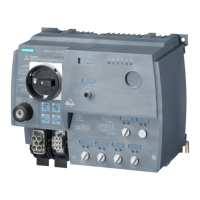
